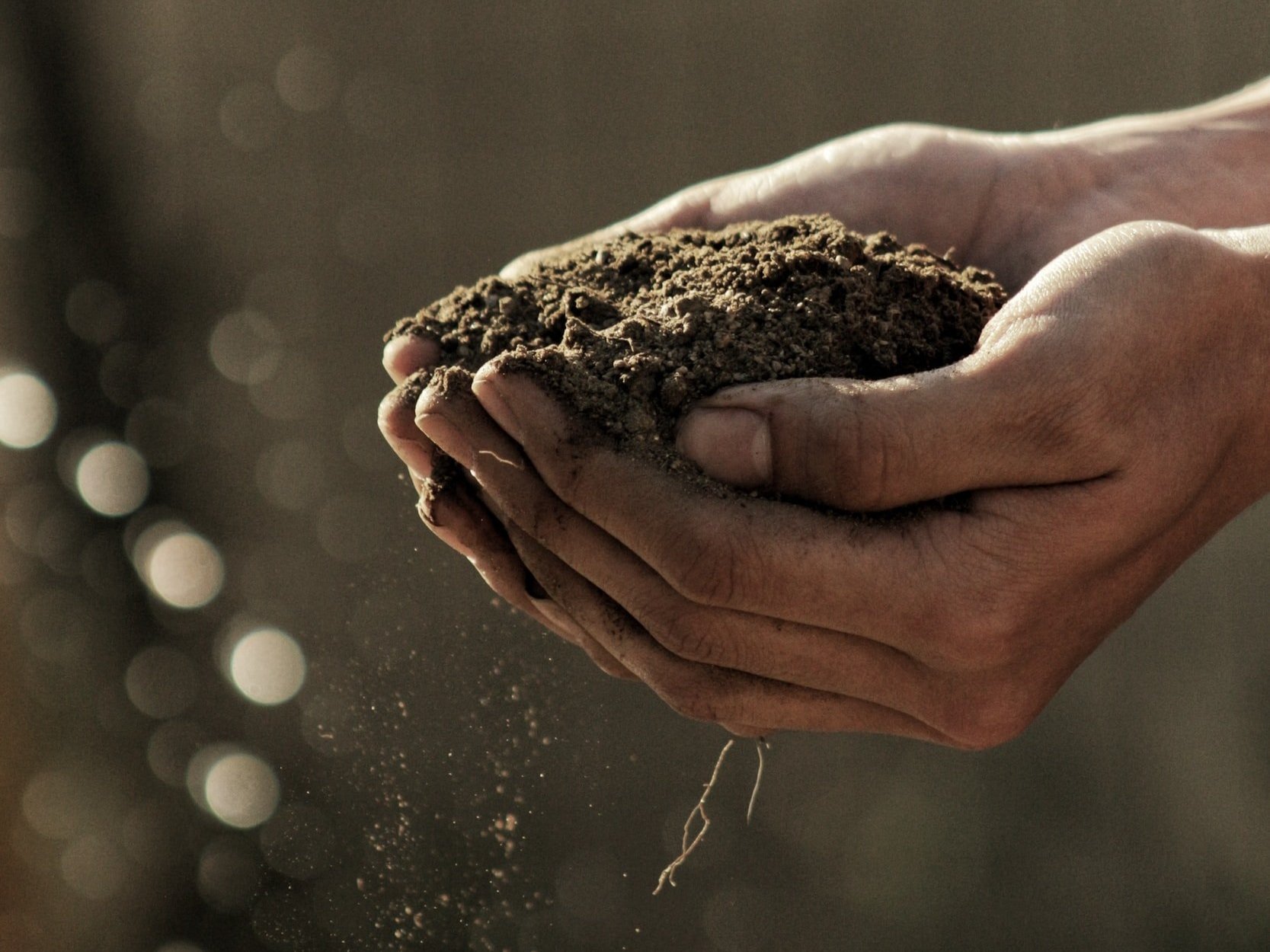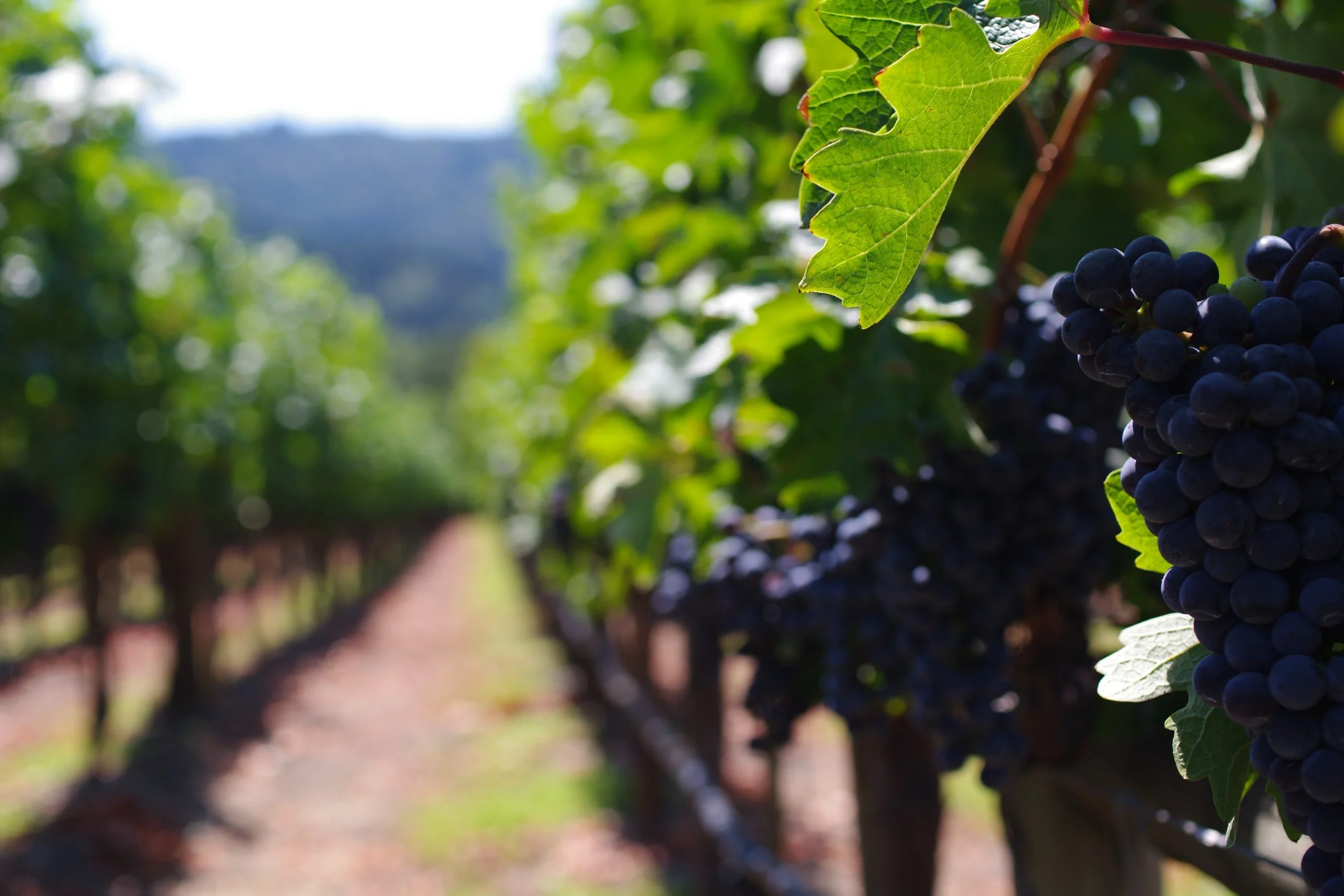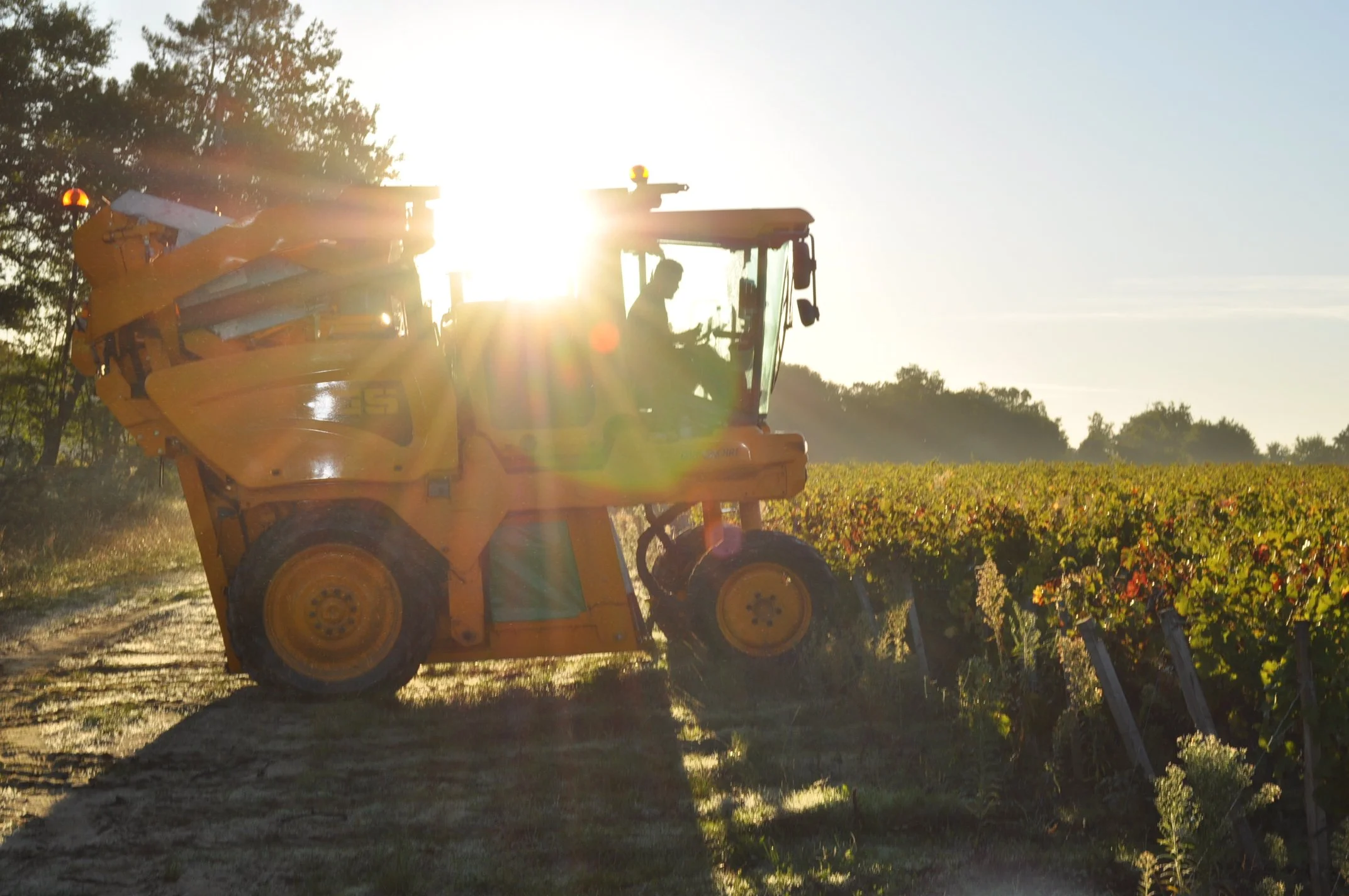Organic Viticulture : the vineyards throughout the seasons
Accessing the grapevines’ full potential.
Each year, we aim to access the full potential of our wines which prosper in the heart of the Haut-Médoc, letting the grapes mature to the optimum level. It is a symbiotic relationship between nature, the care given to the vines and the work of our team which allows us to create Bordeaux wines of such quality.
A vineyard of 20 hectares.
The 20 hectares of grapevines that we cultivate across the municipalities of Saint-Sauveur and Cissac-Médoc benefit from favourable climate conditions, and are protected against extreme weather. Our 37 plots of grapevines are devoted to the production of red Bordeaux grapes: specifically, Cabernet Sauvignon and Merlot.
The land in the Médoc is comprised of gravely soils and wind-blown sands on top of layers of clay, underneath which is a subsurface of limestock rocks. This diverse and complimentary land formation is perfectly suited to growing our grapes, its charcteristics beneficial for creating complex aromas in the wine. The grapevines sink their roots deep into the arid soil.
The Pruning of the Vine.
In Gironde, and in vineyards elsewhere, everything begins at the start of Winter, when the vines have lost their leaves. Pruning is a crucial step. At Château Fontesteau, our preferred method is that of « taille douce », which involves pruning each plant in a way that is individually suited to its needs; a mindful sort of pruning which pursues the improvement of quality.
Winter-time pruning is essential. This is what influences the production quality and lifespan of the vines. Our winegrowers trained in Médoc winemaking are directly involved in the careful control of each grape variety, or cépage, by choosing the optimum number of shoots for a delicate balance: an excess of shoots could result in an overly abundant harvest that would struggle to ripen in good conditions. Similarly, a more rigourous pruning would increase the intensity of the wine plant and its growth, at the expense of the fruits’ ripening.
The challenge is thus to determine the perfect balance for each portion of land, something that comes naturally only to experienced winegrowers. Equally, delaying the pruning allows for better protection against Spring frosts, which are becoming more and more frequent in the Haut-Médoc.
Protecting the Organic Vineyard.
In order to cultivate beautifully ripened grapes, it is necessary to have good control over the vineyard.
The grapevine, similarly to other crops, cannot be cultivated without human control. Our techincal advisors, specialists in Bordeaux vineyards, are helping us to find alternatives to chemical methods. Since 2019, our vineyard at Château Fontesteau has begun the process of converting to organic farming under the control of the ECOCERT certification body.
Harvesting in the Haut-Médoc.
The harvests are the culmination of a complete year’s work.
The raisins are ripe once there is a balance between elements within the grape: its tannins and sugar. The berries have to be examined, analysed, tasted; the seeds must be crunched. One must also take into account the weather forecast. Once the decision to harvest has been made, involving consultation with oenologists from the Eric Boissenot labatory, the entire team assembles in the cellar and on the vineyard to follow an established program.
We firstly harvest the plots of Merlot, a cépage which always matures early. Cabernet Sauvignon comes next. It’s an intense but enjoyable period, which marks the end of the grapevines’ cycle and the presence of new wine in the cellars.
Since 2017, a latest generation, French-made machine with an onboard filtering system has assisted our harvest. The grape is filtered to get rid of any unwanted matter, such as stalks or leaves. After arriving in the cellar, it passes along a filtering table, again allowing us to discard, but by hand, anything that isn’t the grape itself. Using pumps, the berries are transferred to stainless steel vats equipped with thermoregulation systems. Alchoholic fermentation can now commence.
The Cellar.
We are « artisan » winemakers, our vat-house a workshop for creating great Bordeaux wines.
Quality and hygiene are major factors in the production of balanced wines, factors which reflect the wines’ esteemed Médoc origins. We therefore combine the best traditional winemaking techniques and innovative technology, mindful that the fruit is the bedrock of Bordeaux wines and it is this that we must accentuate.
Plot-by-plot and traced strictly according to the different Médoc grape varieties, we process berries of homogenous groups, with complentary and harmonious characteristics.
After a pre-fermentation cold maceration (soaking), the young wine will spend around 3 weeks in the thermoregulated vats, undergoing daily rack-and-return processes of délestage and remontage: the juice is removed from the vat allowing the pomace - the solid parts in the vat essentially made up of the grape’s pépins and pellicules - floating on top to sink to the bottom then is pumped back in. This process is crucial for the grapes to release their tannins, anthocyanins (rich ruby colour), and all their potential richness.
A few weeks later, we proceed to run off the wine to seperate it from the grape pomace. Then, a second « malo-lactic » fermentation takes place which softens the wine by removing some of its acidity, making it full and refined. The pomace, on the other hand, is pressed, and this « pressed wine » thus extracted is left to age in barrels, seperately, to be used in future blends.
Maturing and blending the wines.
We produce several vintages, each with distinct characteristics: Château Fontesteau, le Château Pimorin, Messire de Fontesteau and Variation de Fontesteau. They benefit from the notorierty of the official title: AOC Haut-Médoc.
After fermentation, the wine is matured in French oak barrels, an ageing process which can last between 12 and 18 months, the length of which is based on subtle yet precise choices which are vital for structuring the wine without denaturing it.
This phase of maturation is fascinating and typical of Bordeaux wines. The challenge is to determine a blend best suited to the quality and general balance of the vintage. We organise the initial blend tastings with our team of oeonologists, formulating the wine’s character which will determine its identity.
In our barrel cellar, the structure, spirit and complexity of the wines progressively assert themselves over the course of the maturation. For the first few months, slow gaseous exchanges take place between the wine and the surrounding air, which serve to smooth and soften the taste of the wine.
The texture of the wine becomes more and more refined and its natural tannins work steadily to emphasise all the characteristics of our Haut-Médoc terroir.
Bottling in the Haut Médoc.
Almost two years after the harvest, the wine is ready for bottling under a Haut-Médoc denomination.
After maturing in our 220 litre Bordeaux barrels, our wines have developed unique and complimentary characteristics, and are transported back to the stainless steel vats to be collected and made uniformed.
This final stage is far from insignificant: the bottling brings together and concludes each crucial step taken on the way, from the vineyards to the cellar, and it requires both rigour and precision. In advance, we select corks from our suppliers that are subject to strict regulations, to protect our wines against trichloroanisole, a defect causing what is generally known as corked wine.
The bottles are labelled only once the wine has been purchased and dispatched, in order to keep presentation as neat as possible.









